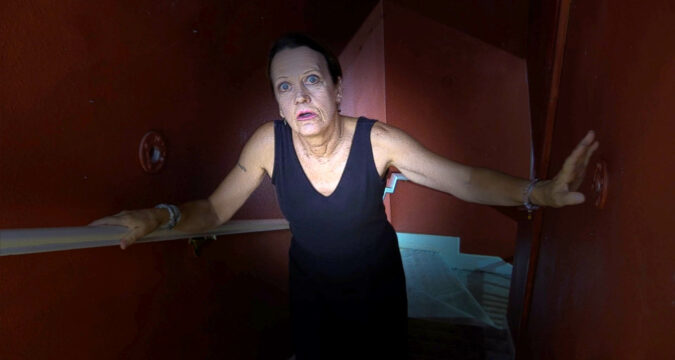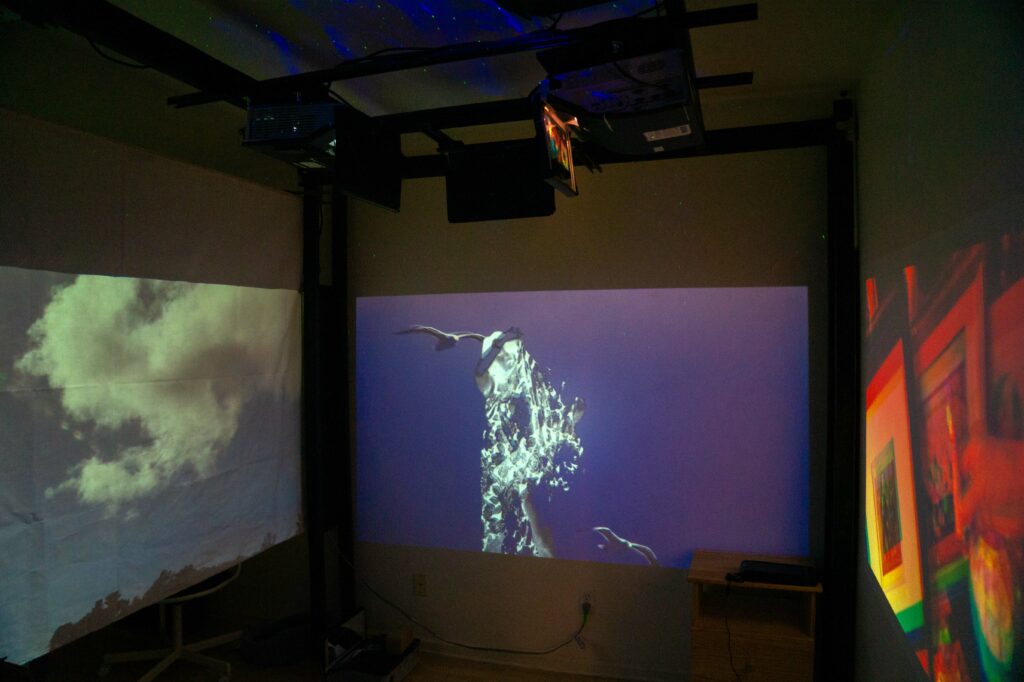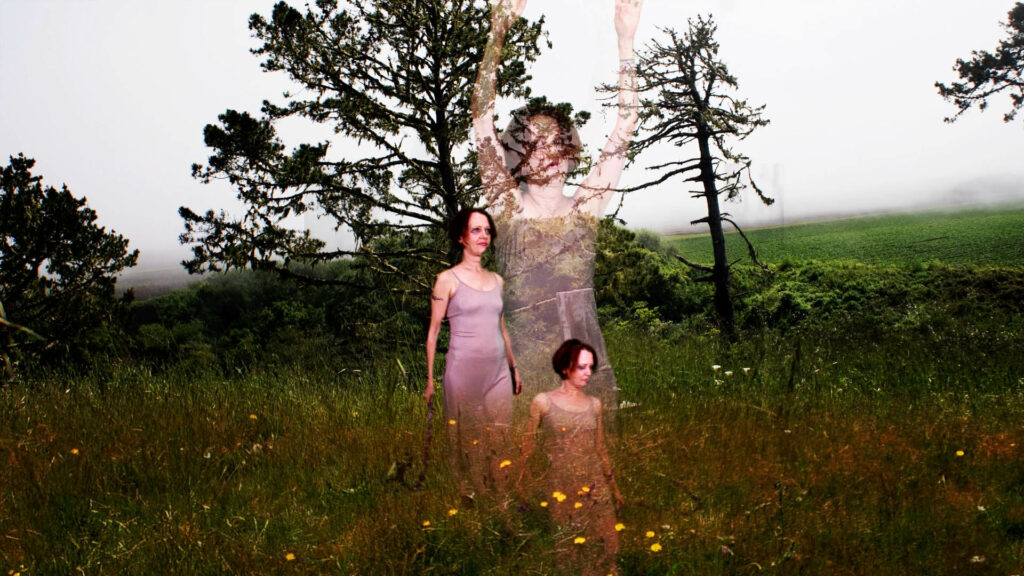
Filmmaker Leslie Streit collaborated with Robin McCain on their upcoming immersive installation “When I Become a Ghost” to be unveiled from 6 pm to 9 pm on February 24 at San Francisco’s Pastine Projects. CHOPSO took the opportunity to interview Leslie on her latest artistic venture.
What is the inspiration for your immersive film installation “When I Become a Ghost” How has your collaboration with Robin McCain been and how did you both meet?
LS: I met Robin when I was teaching a jazz dance class at a college in the East Bay and she came to take the class. I was forming a small touring company with my students and Robin volunteered her services as a theater tech and lighting designer. We eventually found a permanent home for the company in San Jose and the rest is history. We are a great if sometimes contentious team and have managed to complete dozens of projects together. I get some crazy ideas and Robin figures out how to make them work.
About 3 years ago after a scary diagnosis, I began to think about what it might be like to be a ghost…to wander inside my house 100 years from now unknown and unseen. “When I become a Ghost” was born from that scary time.

As you’ll be exhibiting for one night from 6 — 9 pm at Pastine Projects in San Francisco, how can people see it beyond the exhibition? Will you be bringing the installation elsewhere?
LS: When I Become a Ghost is not site specific. Pastine Projects had the perfect size main gallery to surround an audience with projected images and music. So we designed a framework structure similar to “picture window frames” in a house with cross beams to form a “ceiling” for mounting the projectors.
The project is flexible and could adapt to many different configurations. So if someone has an empty room, a gallery or some other space let us know…we are open to invitations.

Can you talk a little bit about the connection between art and filmmaking for you? How has Maya Deren’s classic Meshes of the Afternoon inspired you and your project?
LS: Robin and I opened an experimental theater company in a warehouse in San Jose in the 1990s. I wanted to synthesize dance, original stories, light, visual art, architectural sets and original music into the performances and we added film as one of our elements. Some years later the theater closed but we salvaged films that we made and never looked back. That was how we began.
We had started something called the Ghost Stories Project, a potential documentary, between 2015 and 2019. But I could never put it all together. I had seen Meshes of the Afternoon years ago but something made me watch Meshes again in 2022. And there was a way forward – a film that used jump cutting, slow motion, symbolism, superimposition, unconventional narrative – methods that all worked for When I Become a Ghost.
The project is 3 short films which pieces together in random order what a ghost might experience on her journey into the Afterlife. Who doesn’t love a good ghost story?
It seems you went to film school in the Bay Area and then has stayed in the Bay to make films. Can you talk a bit about the filmmaking scene in the Bay Area?
LS: I actually went to graduate school where I studied art and dance but not film except as it related to art movements like impressionism and surrealism.
About the Bay Area…it is the home of Silicon Valley and many producers are working at tech companies doing industrial films and web media. YouTube and Dolby are based here. This is also the home of Pixar, LucasFilm and the gaming industry as well as documentary filmmakers. We have a major international film festival SFFilm and dozens more small festivals occurring year round. I would say that the community itself is fragmented and constantly trying to define itself but the spirit of innovation is here.
You wrote in your bio that you studied with Dov S-S Simens, the Two-Day Film School guru. How was your course with him and what did you take away from Mr Simen’s teaching?
LS: This was in 2005-2006. Dov’s class focused on how to shoot on actual film stock, where to get it inexpensively by using the ends of rolls, what to pay each member of the large crew you would need and what each of those people did on the set. All the nuts and bolts of Hollywood style filmmaking. He also talked about rights issues, insurance, and entertainment attorneys which is stuff everyone needs to know – so that was really good. Years later he started teaching digital video but I didn’t take that class.
Do you have a dream or passion project you’re trying to realize and what is it?
LS: I think for right now “When I Become a Ghost” is it. I wanted to do an immersive film installation for years. For Robin and me this is a new beginning. I’m sure there will be another documentary in the future but for now I’m looking forward to wherever this project takes us.
How is “An American Ballet Story” doing and are you happy with the distribution of the doc?
LS: For those that don’t know our film it is about Rebekah Harkness and the Harkness Ballet which became a top tier company in New York City during the 1960s and ‘70’s. It was also one of the first companies to promote diversity as well as a model of women’s leadership in the arts.
We are absolutely thrilled with the positive response we’ve received from the dance community. We also had some good reviews from film critics. It’s too soon to know how the film has done with mainstream audiences. But we’re going to be working with our distributor Random Media to see that it is released to an educational audience – colleges, universities, libraries, screening series. We’re very excited about that.
As you’re now a mid-career filmmaker, what is one advice you would give to young filmmakers who want to start making films like when you first started out?
LS: Wow – I have a lot of things I would say. But I would start with – know your history. Watch other films, past and present and read lots of screenplays. Then build on those to do something really original.

